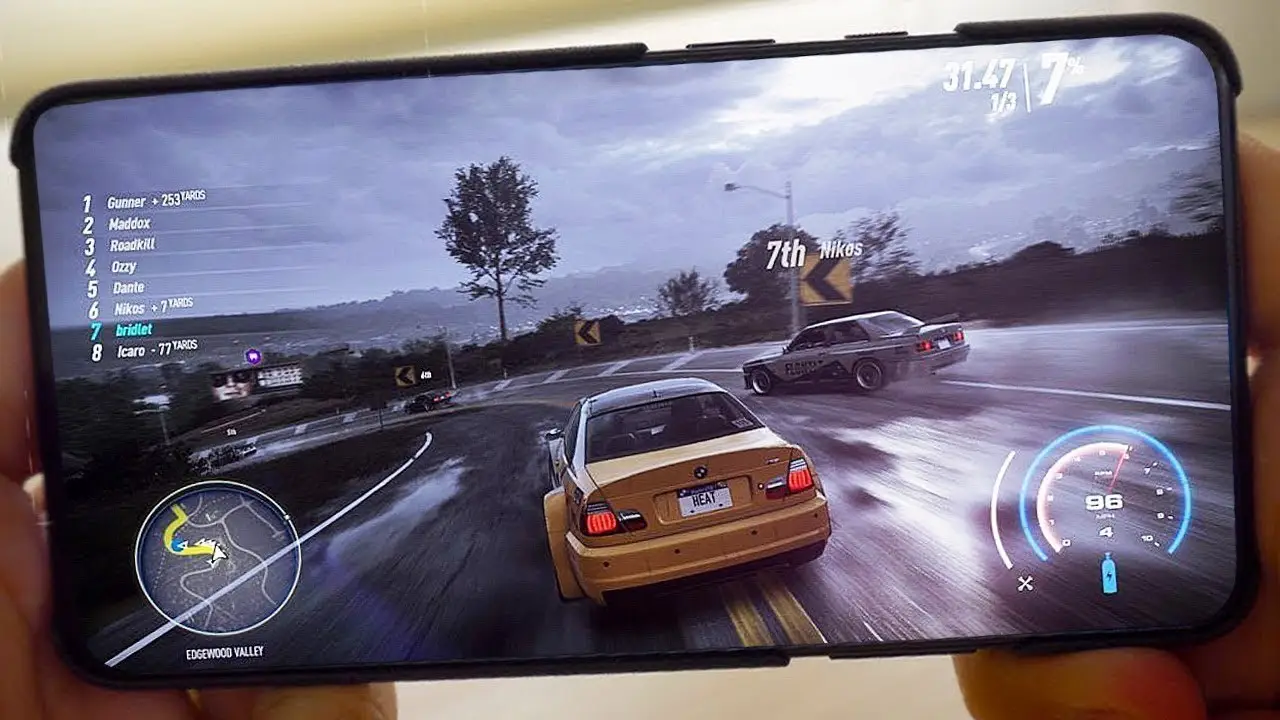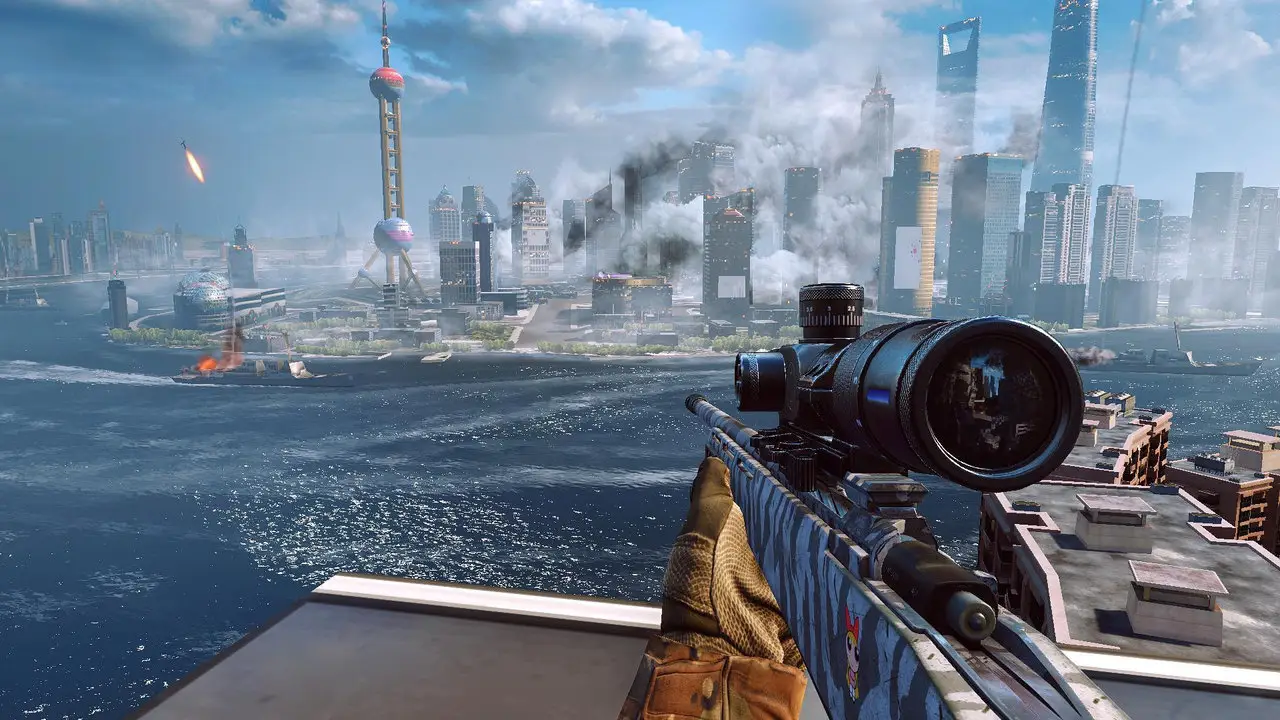Future Games Show 2025 refused the “coming soon” format and immediately presented everything — in an hour and a half, the broadcast featured over 50 projects, leaving no “empty windows.” No teasers, no hints, no plans — full gameplay fragments, engine scenes, changes in pace, genres, and platforms. The show didn’t offer the future — it staged a demonstration of the full present with a focus on the next six months.
Traditionally, the announcements of Future Games Show 2025 set the pace for the next six months. Each trailer created the feeling that studios conspired not to copy formulas but to extract unique concepts. The presentation turned into an engineering analysis: mechanics, combat logic, physics, AI behavior, and cooperative multimodality.

Future Games Show 2025: a reboot of perception
Future Games Show 2025 rejected excessive “fanfare delivery.” Straight to the point — no introductory ballet numbers, actor prologues, or long monologues from publishers. The show’s structure is logical, dynamic, structured in blocks where each group of games was gathered by genre or mechanical feature: interactive drama, time loop, survival, RPG with physical combat, unconventional simulators.
Opening — indie horror where lighting is everything
The first game is a psychological horror whose game design is based on the principle of “light is a weapon.” The camera captures monsters’ reactions to illuminated areas, with shadows not just a visual element but an active gameplay resource: when the lamp dims, the enemy changes its route. Local global illumination is used — not just an effect, but part of the tactics. No pre-renders — the engine works in real-time, evident from custom shadows and the environment’s response to the player’s actions.
Feature: move the flashlight — AI aggression changes. The player controls not the character but the “direction” of the scene.
Next — action-RPG with tangential destructibility
A souls-like game with a focus on the physics of impact. Weapon strikes follow tangents to surfaces, not hitboxes. For example, a sword bounces off a wall, breaks a column, hits an enemy behind it — all without scripts. The engine — Unreal Engine 5, active Nanite and Lumen, precise tracings, and the environment’s reaction to every movement. The interface is minimized, actions read from animations, not HUD.
Feature: even evading leaves an impact on the landscape — tire track, dust shift, leaf lift. Everything reacts in real-time.
Strategy with a variable interface
The third game is a tactical strategy with rogue-lite elements where the UI is part of the complexity. The interface is not fixed but assembled as you progress. At the start — basic HUD, but after key decisions, it changes: new tabs appear, old ones disappear, icons move depending on choices. This is not “cosmetics” but a real change in interaction logic. Choices “break” or “enhance” the user experience.
Example: chose technocracy — access to new sensors but lose the familiar mini-map. Chose militarism — speed boost for commands but visual cues disappear.
Feature: the interface mirrors the choice. Simplifying one aspect complicates another.
Drama without overload
Among others — interactive dramas and adventures without a focus on scripted scenes. All projects showed gameplay core, not CGI gimmicks. Even visual novels demonstrated not “choice lines” but how the player influences the scene’s mood. In one game — voice use to alter character reactions. In another — eye-tracking camera that reads who you look at more often and builds conflict based on that.
Trailers of Future Games Show 2025
Every other project came with a 60 FPS demonstration. Detailing shifted to the level of physical material reactions: fabric trembles from the wind, not just animated. Lighting not only glimmers beautifully but functionally affects gameplay. This approach was noticed in a firefighter simulator — reflections obstruct the view of the fire, requiring the use of a thermal camera.
Cooperative game trailers deserve special mention. The camera doesn’t jump but follows players, adapting the perspective to the situation. Future Games Show 2025 trailers set a new standard of dynamic presentation — without Hollywood cuts, only through pure system behavior.
Instant Impression: FGS 2025 Games for Different Platforms
Platform independence was no longer a topic. Every third video ended with “Day One on all platforms.” The future rejected exclusivity — even major IPs followed suit. PC and next-gen consoles — a united front. For developers, this means broader coverage; for players — no compromises. FGS 2025 games included not only AAA but also mid-tier developments, each with its own style, method. One project builds the plot through inventory. Another provides progress through mistakes. Boundaries disappeared. Only presentation methods remain.
Key Moments of the Future Games Show 2025 Presentation
The genre lineup spread across all coordinates. Action-RPG with build construction without experience levels. Horror in the format of “wander in your own mind.” Simulator — not about control but interaction with consequences. Adventure — without words, only tactile response. These new games from Future Games Show 2025 didn’t copy genres — they redefined them from scratch.
A strong emphasis was placed on physics. In all genres. Even turn-based tactics consider surface resistance and temperature changes — affecting not only damage but also the team’s mood.
Key moments of the 2025 games presentation:
-
Presentations from studios without a publisher — three projects announced full self-financing.
-
Transition to interactive trailers — several segments accompanied by voice choices.
-
Expansion of the cooperative segment — 7 games presented with full multi-platform support.
-
Integration of real-time ray tracing into the indie segment — no longer a rarity.
-
Instant mention of dates — 80% of projects named a release by the end of 2025.
-
Abandonment of CGI — only in-engine or raw gameplay.
-
Segment with dramas and thrillers — three games used theater actors to capture emotions.

Revived and Anticipated: Old Franchises
Future Games Show 2025 didn’t rely on nostalgia but used it as a starting point. Mafia relaunched without the mafia — on the UE5 engine, in a setting where the player is not a criminal but a double agent within the gangster environment. Titan Quest, on the other hand, stayed true to itself but built combat mechanics on a collision grid — now each strike is read not by animation but the opponent’s physical response. The Dark Pictures also returned — with a cosmic and schizophrenic twist. More interactivity, fewer jump scares. The player doesn’t guess where they’ll be scared — they decide whom to scare.
Conclusion
Future Games Show 2025 created a sense of “choice.” Platforms, genres, styles, presentation — everything is accessible and transparent. The presentation didn’t play to the audience — it opened the industry’s working documentation. This approach turns trailers into arguments and releases into immediate actions. This is how the showcase of the coming year should look.
 en
en  ru
ru  de
de  ar
ar  es
es  nl
nl  hi
hi  fr
fr  it
it  pt
pt  el
el 



